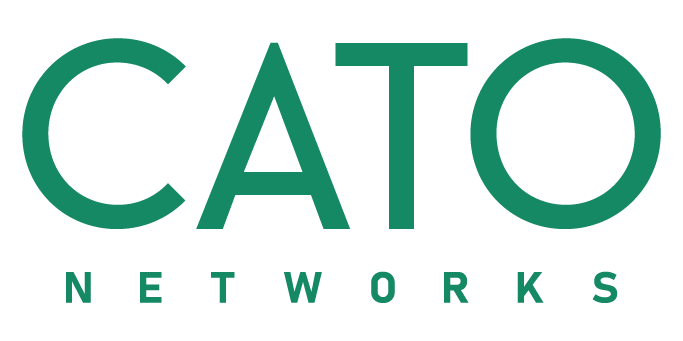

Businesses are continuing to feel the ripple effects of Covid-19, and the pandemic-driven move to more distributed and remote workforces - coupled with new demands on digital services and the cloud - continues to complicate and increase security demands. In 2021, maintaining secure remote access while ensuring that your employees have access to the data and information they need to work productively is still top of mind.
But balancing the need for security with the need for access and agility around digital services is not an easy task. As the world continues to grapple with the changes wrought by the pandemic, how can business and IT leaders best establish a symbiotic relationship between their remote employees and sensitive data? Enter SASE and ZTNA. Last year, Gartner’s Market Guide for Zero Trust Network Access (ZTNA) projected that by 2023, 60% of enterprises will phase out VPN and use ZTNA instead. With SASE combining network security functions (such as SWG, CASB, FWaaS) with WAN capabilities (i.e., SDWAN, WAN optimization, cloud acceleration, and control) it can support the dynamic secure access needs of any organisation and drive ZTNA adoption.
In episode 1 of Cato’s 'Turbocharged by SASE: Network Transformation in 2021', experts came together to explore what has driven the rise of SASE and to explore the benefits of its adoption. In episode 2, we’re diving deeper into ZTNA, and how exactly SASE and ZTNA are creating the future of cybersecurity.
Join us to hear:
How to leverage SASE for ZTNA
What SASE and ZTNA provide to the security stack that point security doesn’t
How the convergence of networking and security in SASE strengthens security posture and ZTNA
Why Network-as-a-Service is the solution businesses needed to thrive in today’s ‘always on’, cloud-driven and digitally accelerated world
How SASE offers a balance between connectivity and security and protection needs
And more

Vice President of Product Marketing

CTO and Principal Research Analyst, Nemertes Research